If you ever experience a sewage backup in your shower, it can be an extremely unpleasant and stressful situation. The smell alone is enough to make anyone cringe, not to mention the potential health hazards associated with exposure to raw sewage. Cleaning up sewage backup in your shower may seem like an impossible task, but it is important to do so as soon as possible.
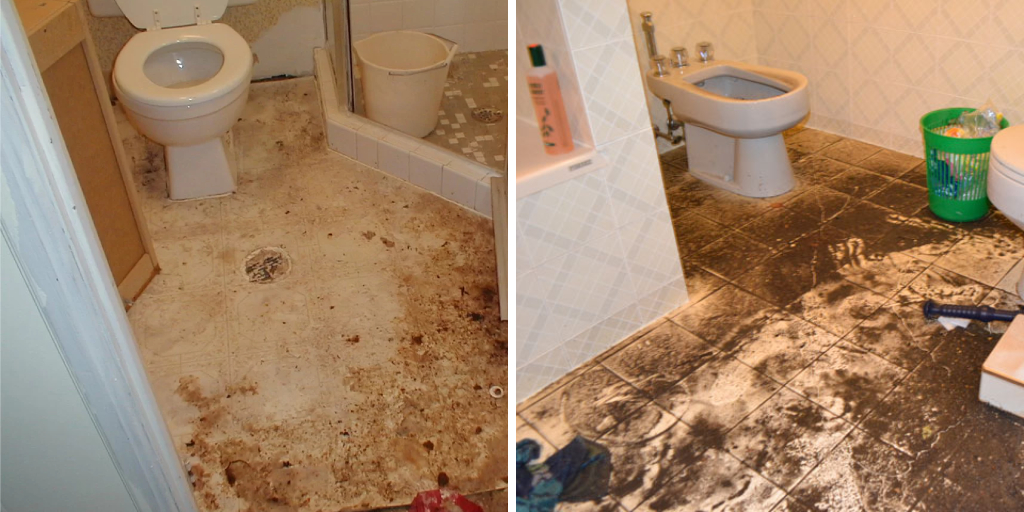
The main advantage of cleaning sewage backup in shower is that it will save you both time and money. Instead of having to call a professional plumber, you can take care of the issue yourself without incurring any additional expenses. Furthermore, knowing to clean sewage backup in shower can prevent further damages from occurring and potentially save your bathroom from becoming unusable for an extended period. In this blog post, You will learn in detail how to clean sewage backup in shower.
Step-by-step Instructions for How to Clean Sewage Backup in Shower
Step 1: Inspect the Damage
Before you begin cleaning, it’s important to assess the severity of the sewage backup in your shower. Look for any visible signs of damage such as standing water, clogged drains, and a foul odor. This will help you determine how much work needs to be done and what tools or equipment you may need.
Step 2: Gather Supplies
Once you have assessed the damage, gather all necessary supplies. This may include rubber gloves, a mask, a bucket, old towels or rags, cleaning solution, and a plunger. Sewage backup can be hazardous to your health, so it’s important to protect yourself before you start cleaning. Wear rubber gloves and a mask to avoid coming into direct contact with any bacteria or viruses.
Step 3: Remove Standing Water
If there is standing water in your shower, use a bucket to scoop it out and dispose of it properly. Be sure to wear gloves while handling the water and avoid contact with your skin. Using a plunger, try to unclog any debris from the drain. This may take a few attempts, so be patient. If the clog is stubborn, you may need to use a plumbing snake or call a professional plumber for assistance.
Step 4: Remove and Clean Shower Grate
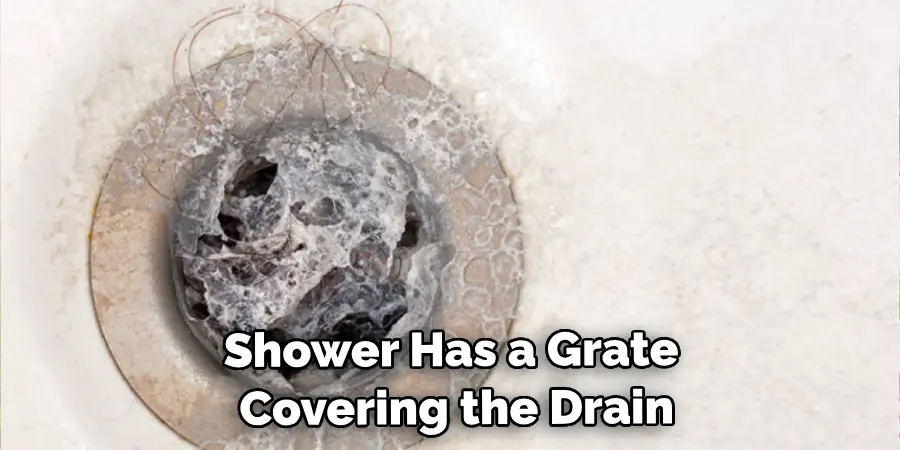
If your shower has a grate covering the drain, remove it and clean it thoroughly with hot water and soap. Use an old toothbrush or scrub brush to remove any buildup or debris. Using a cleaning solution specifically designed for disinfecting, thoroughly clean your shower walls, floor, and any other surfaces that came into contact with sewage backup. Be sure to follow the instructions on the product label and wear gloves while cleaning.
Step 5: Rinse and Dry
After disinfecting, rinse the shower with hot water and use old towels or rags to dry any remaining moisture. Dispose of these towels properly after use. Dispose of any used cleaning supplies, gloves, and other materials in a garbage bag. Tie it tightly and dispose of it outside in a designated waste bin.
To prevent future sewage backups in your shower, be mindful of what you are flushing down the drain. Avoid disposing of items such as paper towels, wipes, and feminine hygiene products in the toilet. Additionally, consider having your plumbing system inspected and maintained regularly by a professional plumber.
Tips for How to Clean Sewage Backup in Shower
- Wear appropriate protective gear, such as rubber gloves and a mask, to avoid direct contact with sewage.
- Use caution when handling standing water or contaminated materials. Dispose of them properly and wash your hands thoroughly after cleaning.
- Never mix cleaning products, as they can create toxic fumes. Always read and follow the instructions on the product labels.
- In case of severe damage or if you are unsure how to properly clean the sewage backup, consider hiring a professional cleaner or plumber.
- Avoid using hot water to clean the sewage backup as it can create steam and spread harmful bacteria in the air.
- Keep children and pets away from the affected area until it has been properly cleaned and disinfected.
- Always wash your hands thoroughly after cleaning any sewage backups to avoid the spread of bacteria and viruses.
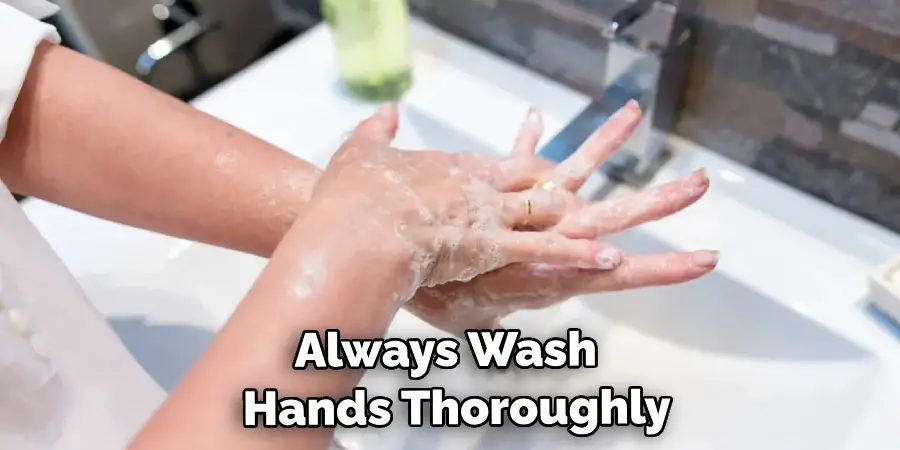
What Are the Common Causes of Sewage Backup in a Shower?
- Clogged drains caused by flushing inappropriate items down the toilet. This can include paper towels, wipes, and feminine hygiene products.
- Tree roots growing into sewer pipes, causing blockages and backups.
- Old or damaged plumbing systems that are unable to handle the volume of waste water.
- Heavy rain or flooding that overwhelms the sewage system, causing it to backup into homes and buildings.
- Improperly installed or maintained plumbing systems. Regular maintenance can help prevent backups.
- Flushing grease, oil, and fat down the drain, which can solidify and cause blockages in the pipes.
- Broken or cracked sewer lines that allow sewage to leak into surrounding areas, including showers.
- Septic tank issues such as clogs or leaks, which can cause sewage to back up into showers and other drains in the home.
Are There Any Potential Health Hazards Associated With Cleaning Sewage Backup in a Shower?
Sewage backup in a shower is not only unpleasant and inconvenient, but it can also pose potential health hazards. It is essential to take proper precautions when cleaning up sewage backups to protect yourself from exposure to harmful bacteria and viruses. Firstly, it is crucial to understand the source of the sewage backup. In most cases, backups occur due to clogged or damaged pipes, which can lead to sewage being pushed back into your shower. This means that the sewage backup is likely filled with human waste and other harmful materials.

Cleaning up sewage backups in a shower requires protective gear such as gloves, masks, and safety goggles. These items will prevent direct contact with the potentially hazardous material and reduce the risk of inhaling any airborne contaminants. It is also essential to properly dispose of any contaminated materials and disinfect the affected area thoroughly. This process should be done using a mixture of bleach and water, with a ratio of one-part bleach to nine parts water. The bleach will kill any bacteria or viruses present in the sewage backup.
How Can You Prevent Sewage Backup From Occurring in Your Shower in the Future?
Sewage backup in your shower can be a major inconvenience, and cleaning it up is not a pleasant task. However, there are steps you can take to prevent sewage backups from occurring in the first place. Firstly, make sure that your plumbing system is in good condition. If you notice any leaks or clogs, address them immediately. Regular maintenance and inspections by a professional plumber can help identify and fix any potential issues before they turn into major problems.
Secondly, be mindful of what you flush down the toilet. Many people are not aware that certain items such as wet wipes, sanitary products, grease and oils can cause clogs in the sewage pipes. These items should never be flushed down the toilet or poured down the drain. Thirdly, avoid pouring cooking oils and grease down the kitchen sink. These substances can solidify in your pipes and cause clogs, leading to sewage backup. Fourthly, be careful when using a garbage disposal unit. Do not put large quantities of food scraps down the drain at once as this can also lead to clogging.
Hiring a Professional Plumber vs. DIY Cleanup
1. Assess the Severity of the Sewage Backup

The first step in determining whether to hire a professional plumber or clean up the sewage backup yourself is to assess the severity of the situation. If you notice that only a small amount of sewage has backed up into your shower, it may be possible to handle the cleanup on your own. However, if there is a large amount of sewage and the backup has spread to other areas, it is best to call a professional plumber.
2. Gather Proper Equipment and Supplies
If you have decided to clean up the sewage backup yourself, it is important to gather all necessary equipment and supplies before beginning. This may include protective gear such as gloves, mask, and boots, as well as cleaning supplies such as bleach, disinfectant, and a wet/dry vacuum.
3. Take Necessary Precautions
Before beginning the cleanup process, it is important to take necessary precautions to protect yourself and your family. Make sure to wear protective gear and keep children and pets out of the area until the backup has been properly cleaned up.
4. Remove Standing Water and Debris
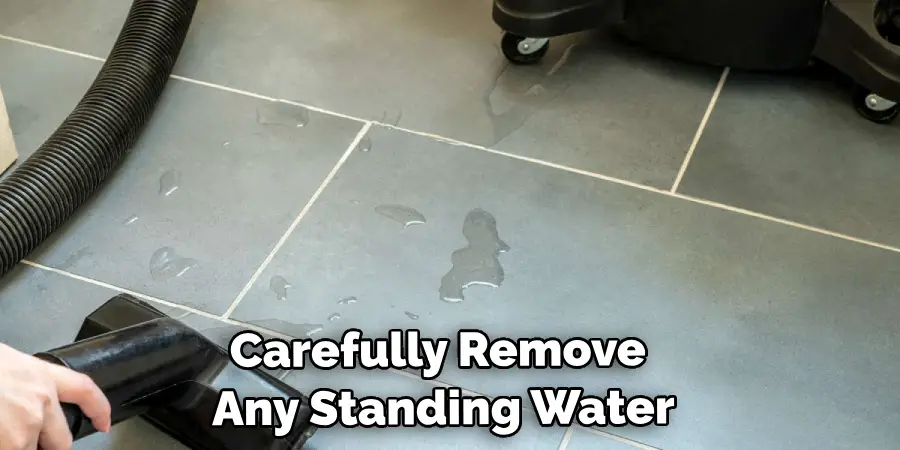
Using a wet/dry vacuum, carefully remove any standing water and debris from the affected area. Be sure to dispose of this waste properly.
5. Disinfect the Area
Once all visible sewage has been removed, it is important to thoroughly disinfect the area using bleach or another effective disinfectant. Be sure to follow the instructions on the product label and wear protective gear while doing so.
6. Address Any Lingering Smells
If there are any lingering smells after disinfecting, you may need to use an odor-eliminating product specifically designed for sewage backup cleanup.
7. Monitor for Potential Issues
After cleaning up the sewage backup, it is important to monitor the affected area for any potential issues. This may include lingering smells, mold growth, or water damage. If you notice any of these problems, it is best to contact a professional plumber for further assistance.
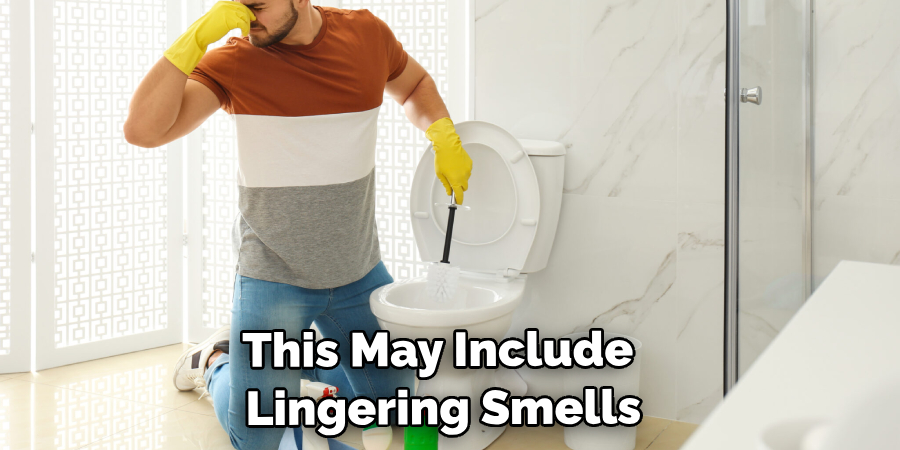
Health Risks Associated with Sewage Backup
Sewage backup is a common problem that many homeowners face. This can occur due to various reasons such as clogged pipes, aging sewer systems, heavy rains or floods. When sewage backs up into your shower or any other part of your home, it not only causes inconvenience but also poses serious health risks. Sewage contains harmful bacteria, viruses, and other pathogens that can cause various diseases. Exposure to these contaminants can lead to serious health issues such as:
1. Gastrointestinal Infections
The most common health risk associated with sewage backup is gastrointestinal infections. This can occur due to ingestion of contaminated water or food, or by simply coming into contact with the sewage.
2. Skin Infections
Sewage backup can also cause skin infections such as dermatitis, which is an inflammation of the skin. This can happen if you come in direct contact with the contaminated water.
3. Respiratory Problems
Inhaling airborne contaminants from sewage backup can lead to respiratory issues such as asthma and bronchitis.
4. Hepatitis A
Sewage contains the hepatitis A virus, which can cause liver infection and lead to serious health problems.
5. E. coli infections
Exposure to E. coli bacteria present in sewage can cause severe abdominal cramps, diarrhea, and vomiting.
By understanding the potential health risks associated with sewage backup, it is important to take immediate action to clean it up.
Conclusion
In conclusion, knowing how to clean sewage backup in a shower is an essential skill for any homeowner. It is important to act quickly and responsibly when faced with this type of situation, as it can lead to health hazards and costly damages if left untreated.
To recap, the first step in cleaning up a sewage backup is to address the source of the problem. This could involve checking for clogs, blockages, or even contacting a professional plumber. Once the source is addressed, it is crucial to protect yourself by wearing proper protective gear and ventilating the area. I hope this article has been beneficial for learning how to clean sewage backup in shower. Make Sure the precautionary measures are followed chronologically.


